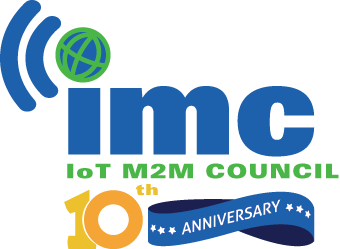T-Systems Reduces Latency for Edge Computing
- December 17, 2019
- imc

Deutsche Telekom subsidiary T-Systems is offering a platform with extremely low latency for secure and powerful edge computing for production and logistics applications, including automated guided vehicles.
This will let companies use real-time applications for augmented and full virtual reality. Called Edgair, the platform works directly on site. This means the data are not sent via a central computer centre.
Edgair is designed to be like a private cloud of things, making it highly secure. Users can link it up to a campus network. It can then wirelessly transfer data between devices and the platform in near real time.
Experts consider near edge to be less than 10ms. The so-called far edge allows latency times between 10 and 40ms.
“In combination with time sensitive networks and a very good service level agreement, our managed platform Edgair can meet requirements such as real-time control of machines in a production hall,” said Albert Kroisleitner, senior product manager at T-Systems.
Each Edgair platform is delivered with an edge analytics tool. This tool lets data scientists and software developers evaluate information on site, and thus quickly adapt processes and models, or code to data.
Deutsche Telekom has built a campus network for Osram. Such networks form the basis for Edgair. Currently running on LTE, they will soon switch to 5G.
T-Systems offers the platform tailored to various sectors. These include production, logistics, building automation, automotive and energy. Furthermore, for security, it runs on a closed company network and is completely self-sufficient. However, it can also be combined with a public cloud accessible via the internet and thus used as a hybrid cloud.
Edgair is based on OpenStack open source software to avoid vendor lock-in. Users can connect their IoT applications via ready-made connectors.
The applications themselves run as virtual machines or in docker containers as microservices and are thus independent of the underlying infrastructure. This allows administrators to control the microservices individually in the event of problems or anomalies. The entire system does not have to be shut down. The containers are coordinated via Kubernetes.
T- Systems offers the platform in various sizes and designs such as pole mount, ruggedised rack and standard rack.




